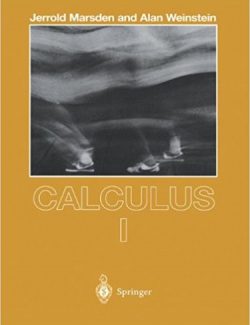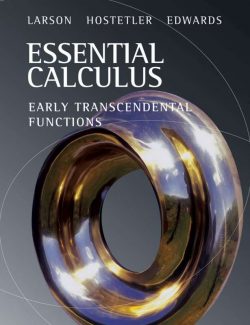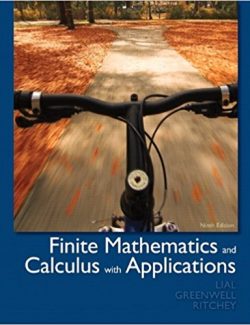Description
Calculus hasn’t changed, but your students have. Today’s students have been raised on immediacy and the desire for relevance, and they come to calculus with varied mathematical backgrounds.
Thomas’ Calculus, Twelfth Edition, helps your students successfully generalize and apply the key ideas of calculus through clear and precise explanations, clean design, thoughtfully chosen examples, and superior exercise sets. Thomas offers the right mix of basic, conceptual, and challenging exercises, along with meaningful applications. This significant revision features more examples, more mid-level exercises, more figures, and improved conceptual flow.
The complete text contains Chapters 1-16. Separate versions are available, This is the Single Variable topics (contains Chapters 1-11), and Multivariable topics (contains Chapters 11-16).













Leave us a comment
1 Comment